Assisting a photographer is a great way to learn but there’s a few things you need to know first to leave a good impression. This is a guide to being an effective and valuable Photography assistant that I have created with the help of my own assistant Karl. It might also give some insight into what to look for when people start asking if they can assist you!
The instant you put an image online of a gorgeous model, or just quality work in general, you are bound to be bombarded with friends, acquaintances or other enthusiastic photographers clamouring to hold a light for you on your next photoshoot regardless of whether you are a part-time hobbyist or an award winning Photographer of the Year. With the explosion of budding new photographers on the scene these days assisting has become quite a popular occurrence. But how do you be a good one? That’s what I want to address here, because there’s some very important things you need to know if you want to not only leave a good impression, but be a valuable and contributing asset to the team.
I have been incredibly lucky to have a few on-going assistants for a very long time. The longest standing of which is Karl Pearce. He’s a photographer himself so he’s not with me all the time, but we have done countless amounts of shoots together. One thing is for sure, whenever there is an important job, he’s my first call. The man is brilliant. He is an incredible helping hand before, during and after photoshoots and he’s an integral part of me being able to do what I do. I believe he defines and sets the standard for what a “professional photography assistant” should be, and I compare everyone else to his standard. He’s been kind enough to share with us what makes him so good at his job in this post for us.
Take it away Karl…
HOW DID I BECOME AN ASSISTANT?
My foray into assisting could have ended as soon as it began. My initial point of contact with Brodie was through social media back in 2010. We moved in similar circles, but hadn’t actually met in real life. I think the first message was a simple introduction. I made sure that my interest in photography was clear and quickly described the direction I wanted to pursue creatively. Pretty certain that Brodie was getting plenty of mates offering to ‘hold a light’ so clearly showing I was interested in the photography and the lighting aspect of assisting was key!
Over time I have developed a bit of a working system with Brodie and he has asked me to share my thoughts on my approach to assisting so I will break down the points below in no particular order.
Brodie’s Thoughts: When applying to be an assistant, remember to make it about them, not you. Show how you can provide value to their team and how you plan to contribute, as well as having a willingness to learn and to do anything required. They aren’t there to teach you, and serve you. You are there to serve them and help them get a job done. It’s an important mindset to have. Usually they don’t particularly care about your portfolio so don’t send a tonne of images. You’re not auditioning as a photographer, you are an assistant. An instagram handle and a website link will suffice.
BE PUNCTUAL!
I like to drive this one home pretty firmly. I can’t stand people that can’t manage their own time, and in-turn waste yours. For me, if you’re on time, you’re already late. If you really want to be on time, you need to be early. The day before the shoot, jump on google maps and look up where you are supposed to be the next day. Find out how long it will take to get there, then take into account what time of day you will be travelling and what the traffic will be like. Then add another 30 minutes to your travel time, so you can make sure you’re early. For a big shoot, go the extra mile and check the main roads website for road closures and special events.
Brodie’s Thoughts: Karl has actually saved my butt once or twice by doing the homework beforehand and notifying me of potential problems on shoot day. As for punctuality, this is a quality I value extremely high and I, myself am a very punctual person so if you cant be early you’re going to lose big points.
KNOW THE LOCATION BEFOREHAND
This ties in to being punctual. Make sure you know where you are meant to be and how to get there. If you are using GPS, make sure it knows the spot in advance or plot your way using mapping service. If its Beach and/or Sunset/Sunrise check tide charts, sun calculators, weather forecasts (for temp and wind). Brodie often provides all this for larger production shoots, and sometimes the smaller ones. Having that knowledge at hand is always handy! To emphasise my previous point – arrive early and make sure things will run smooth. Chances are the photographer will already be doing this too.
BE ON THE LOOKOUT, NOT ON YOUR PHONE.
Are the lights firing? Is a battery about to run flat? is someone in danger? You need to be on the ball. This is a pro-active role you’re in and you need to be watching everything the photographer can’t. Not only will you be useful this way, but you could potentially prevent accidents from happening.
At first it’s just about watching the gear you are working with, making sure that lights are firing and communicating correctly. If running with multiple lights there is always the chance of a failure or communication error and sometimes it may be missed if every individual shot is not being reviewed. If you notice something just bring it to the photographers attention and rectify it quickly and quietly if you can. Also I tend to keep an eye on peripheral elements to a shoot. If I see something about to cross into the background scene I’ll call it out. Its often easier to wait for a car/boat/plane/animal/person to move out of scene than it is to have to retouch it out later. If there’s elements that can be removed from a background that don’t fit, see if it’s required. Small items, like trash. It’s obviously much harder to remove trees and such 🙂
It also helps to have a second or third pair of eyes to watch out for issues with the subject such as wardrobe fails. Whether it’s a model or a car, check with the photographer to see if it needs to be rectified. Don’t interrupt a shoot unless its 100% critical! As you get experience with a photographer you will be able to make that call easier. If you have a stylist on hand, address any concerns to them and let them make the call.
Brodie’s Thoughts: Observe, don’t perve! That’s a good one to remember when dealing with models. Yes it’s very important to keep an eye on what’s happening in front of you and NOT be on your phone. That’s the biggest no-no. You need to pay attention and have the Photographers back.
It’s also important to remember that you have a strictly observational role. That is; you are not there to give posing advice or instruct the models or give any direction to anyone. The only voice in a models head should be the photographers.
KNOW THE GEAR
So you have finally got your assistant gig with your favourite photographer, and you rock up nice and early and you want to impress everybody so you’re trying to be pro-active and you start unpacking and setting up equipment and then you hear someone screaming at you saying “STOP”. If you don’t know what a piece of gear is, what it does, how to use it, how it is unpacked or packed away, then don’t bloody touch it!
The number one cause of equipment failure and breakages in photography is, you guessed it, assistants. You won’t be gods gift on the first day, you need to learn what gear the photographer uses, and where it all belongs. Most importantly, all the little quirks on how they assemble and work and how to treat them.
If it’s foreign gear to you that you haven’t seen or used before just say so, and ASK somebody. This is why longtime & experienced assistants are worth their weight in gold, because they dont need to be micro managed at all and are fully functional with every piece of gear on set. That right there is the whole point of an assistant, which allows the photographer to concentrate solely on building a rapport and creating amazing images with the subject.
Brodie’s Thoughts: I can confirm this, untrained assistants break a lot of stuff. Have the conversation with your photographer beforehand because you don’t want to be constantly interrupting the photoshoot with questions.
LEAVE YOUR CAMERA AT HOME
If you haven’t arranged it in advance don’t bring your own gear. Heck, don’t even get your phone out. One of the key things to bear in mind is you are there to facilitate the shoot and make it go easier for the photographer. It’s not your photoshoot.
Sometimes behind the scenes is warranted and even required for some clients, but your photographer will let you know and this is a discussion to have beforehand. In this social media age it can be a real bonus for the photographer to have some behind the scenes content but please check beforehand because it’s a real bad look if you don’t have permission.
As a side note to gear, Brodie and I both shoot Canon. It’s not essential to shoot the same but I usually have my gear with me if BTS shots are required. Make sure you get the shots as required, but if you are the only assistant on hand don’t let that take away from the primary task. The bonus to having another camera bag is it provides another set of backup equipment should the worst happen.
Brodie’s Thoughts: I can’t stress this enough. You are not there to take your own photos. I have had assistants in the past treat it like their own photoshoot, and start shooting their own photos over my shoulder. That’s one way to never work with me ever again.
BE PRE-EMPTIVE
This is something that comes with experience working with someone, but try to be ready for what the photographer needs. Even before they realise it. Cargo pants are fantastic for working on set and allows you to have a few extra bits of gear stowed away ready to hand-off. Having a little speedlight setup with a trigger or fresh batteries or a light meter or colour/grey cards ready for the second they are needed makes the shoot run smoother!
Brodie’s Thoughts: The white balance grey card and a light meter are always handy to keep ready. I’ve also had a few water bottles handed to me over the years too. If your photographer is sweating it out and looks drained then I’m sure they will appreciate some refreshment! Bonus Points!
BE RELIABLE
Many of the points listed here can be summed up into that. If you are reliable it takes a bit of pressure off the photographer. That alone will get you a second call back. If you prove to be unreliable… you’re not going to get many opportunities. Assisting is a great way into the industry and great for networking. And when you are asked to write something for the photographers blog, don’t take 12months to do it! (Sorry Brodie)
CHECK YOUR EGO
It’s not about you. You’re there to do your part and thats it! If you’re on a bigger set/operation and that means you have to run out and grab lunch or make coffee just do it. I’ve pretty much always worked on smaller sets so have had a hands-on role, but the attitude and lack of ego always is important for me.
Definitely Do Not sell yourself on someone else’s shoot. Don’t hand out business cards or show off any of your work. Be a team player and you will get plenty of opportunities to stay on the team. Plenty of horror stories out there of people trying to showcase their own portfolios to clients behind the photographers back.
Brodie’s Thoughts: Another very important point. You are not there for you. You are there to be a team player and not to sell your services. You are representing someone else’s brand and business. This is not an opportunity to get new clients for yourself.
BE PROFESSIONAL
Being professional leads on from leaving the ego behind. Be aware of what the shoot is and act accordingly. This encapsulates everything from your attitude and demeanour, to what you say and what you wear. For shoots at the beach I’ll be in shorts and barefoot…because chances are if anyones going to be getting wet it’s going to be either the assistant or the model! When the location is another business or an office then dress and carry yourself accordingly. The assistant and any other members of the ‘team’ are part of the overall image of the photographer and his or her business. How you carry and present yourself plays a big part in the overall image!
Brodie’s Thoughts: Professionalism is very important. A lot of what goes into it is spread out across all these other points, but one particularly important one, which is a trademark saying of mine; Do not touch the models!
COMMUNICATING WITH THE CLIENT
Don’t! They are not your client.
That’s the mindset you should have, but obviously you are going to have to talk to people. How you communicate with everyone on the set though is important. Know who the client is, and everyone else for that matter. Most times you wont need to interact directly too much with the client, but make sure you know the limits and act accordingly. You should have a discussion with the photographer beforehand to know the boundaries.
I usually tend to know who can handle my irreverent sense of humour and who cant…and if I cant tell I leave all the jokes aside. The last thing you want to do is offend someone and make the photographer look bad.
Remember that you are representing someone else’s brand/business. Irrespective of whether its a large operation or a small one, it needs to be a key fact that you respect!
Brodie’s Thoughts: Under no circumstances should you be saying anything inappropriate. Making jokes can be deadly. If the client is the subject such as in the case of a model, then it’s very important not to speak to them during shooting. Do not give them instructions, or advice, or tell them how to pose. You are completely undermining the photographer by doing this. The only voice in the subjects head should be the photographers. Most importantly though, Do not Touch the model!
DO NOT GET STAR STRUCK
If you are lucky enough to assist on a photoshoot for a celebrity, or perhaps a very attractive or well known model, it is important to remember that it is no time to be star struck. You are there to carry out a job professionally. You are not there to take selfies and ask for autographs from the subject.
BE PREPARED TO HAVE YOUR PHOTO TAKEN
It is very common for photographers to setup for a shot before the talent has arrived on set and quite often the photographer will need someone to stand in to take some test shots. Chances are that’s going to be you so be ready to jump in as fast as you can without worrying about how you look.
SUMMARY
There are many benefits to being a photographers assistant. The most obvious being that you get to learn! No matter who you assist for you will always learn something even if it’s what not to do. Every single photographer has their own style and their own way of doing things and it’s always interesting to see how different photographers go about different things.
Then of course there is the technical side of things. If you are assisting a very competent professional photographer the technical information you can learn is very valuable.
So remember, get there early! Get a run through on the gear before the client/model shows up. Make sure that you can handle pretty much everything you will need to do with the gear during the shoot.
Communicate in advance if you are bringing any of your own gear – not to the point of having everything thats required for the shoot yourself, but backup equipment can be a lifesaver if primary equipment fails or breaks.
Having some of your own tools can make the shoot setup and running smoother. I usually have basic grip gear: Gaffa tape, clamps, cable ties, bungee cords, multi-tool, stanley knife, torch. Sometimes I’ll throw in a few extra tools if I think it might be required and even cleaning kits for cameras and cars. Here, we’re fanatic about safety so I pretty much always have at least a high-vis vest incase a location has minimum PPE requirements.
Being able to handle technical issues with gear is always a valuable asset. Potential issues can arise with camera gear, computers and cabling when shooting tethered and lighting gear. Being able to troubleshoot either with the photographer or for them goes a long way.
Knowing any slang that is particular to the industry or even to the specific photographer is ideal. If they have a name for something, know it. Or if you don’t know it, ask. Better to clear it up quickly than to waste time. Especially once the shoot is underway!
Brodie’s Final Thoughts: Thanks very much Karl! That was a stella effort I think there is a lot of value there for people. I think what we have covered is perfect for those small to medium sized productions. As you get into larger productions the criteria gets a bit more advanced and safety becomes a larger concern. Below I would just like to sum up this whole post in point form and add a few extra line items we missed.
- Be punctual. If you’re on-time you’re already late
- Dress appropriately to the job
- Never leave without notifying someone
- Check your ego. It’s not your photoshoot and it’s not your client
- A can-do attitude is important
- Own your mistakes
- Leave your personal problems at home. This is a positive environment
- Do not try to sell yourself to a client. Ever.
- Be on your best behaviour. Leave the jokes at home.
- Leave your camera at home, unless you have permission
- Get off your phone and pay attention
- Anticipate problems on set.
- Pre-empt what the photographer needs.
- Be discrete when problems arise as to not worry the client
- Don’t know the gear? Don’t touch it. Ask.
- Don’t give advice or guidance to the models/subject.
- DO NOT TOUCH THE MODEL
- Record lighting setups with power settings and referenced photos if required.
- Always clean up and leave a space how you found it.
- Gaffa tape, cable ties, lens cleaner, torch, pocket knife, sharpie, allen keys, clamps are just some basic very useful things to have with you.
- No task it too little
- Don’t get star struck in those rare occassions
- Check your ego at the door
- Make an effort to know the gear
- Be a stand-in subject for the photographer if needed
- Know the location beforehand and how to get there
- Remember, you are representing someone elses brand/business.
- It’s not about you, you are part of a team to get a job done.
- Don’t leave anything on the floor, especially cameras
- Make sure all light stands are bagged (shot bags or sand bags)
- All cables and cords should be secured so no trip hazards.
- Do not place softboxes face down, ever. Protect the material.
I hope this brought some value to you and good luck with your next assisting gig!
Brodie & Karl.


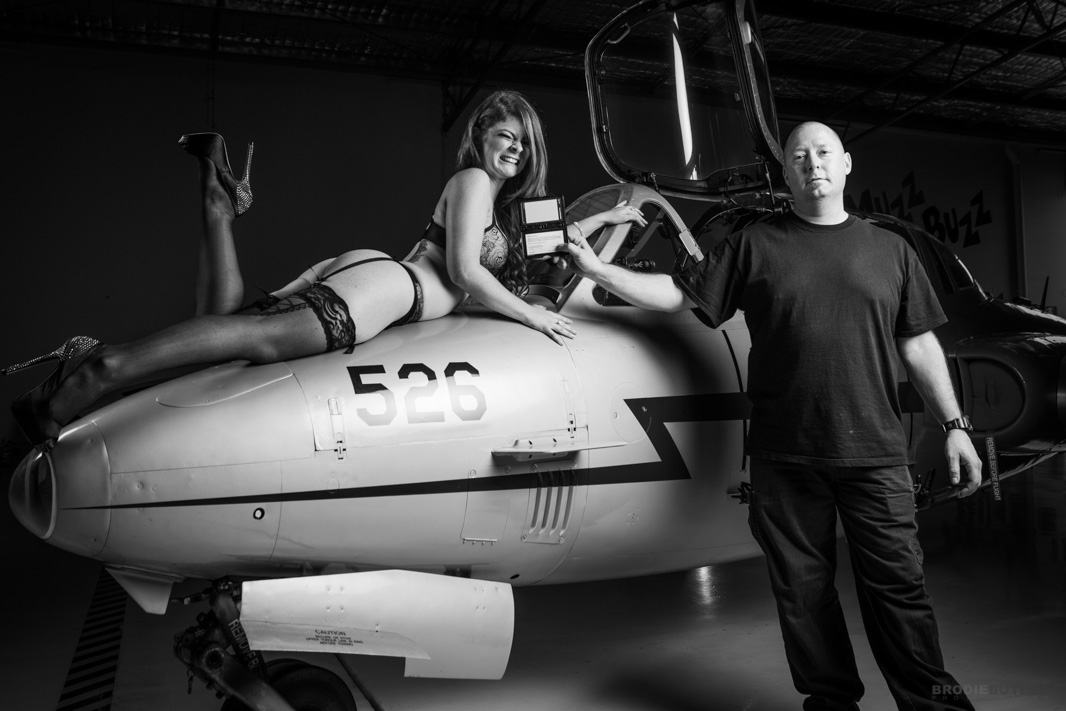

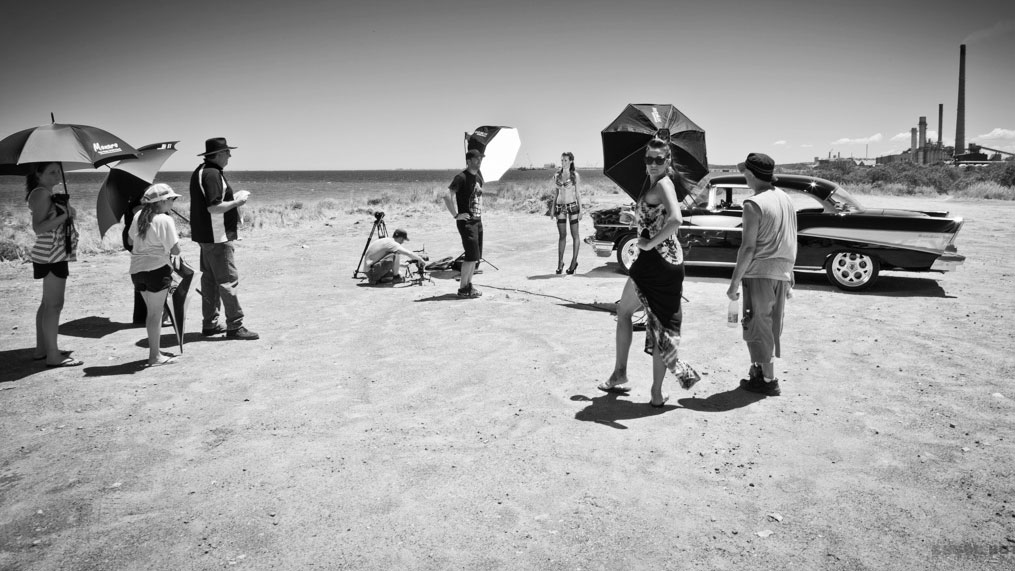

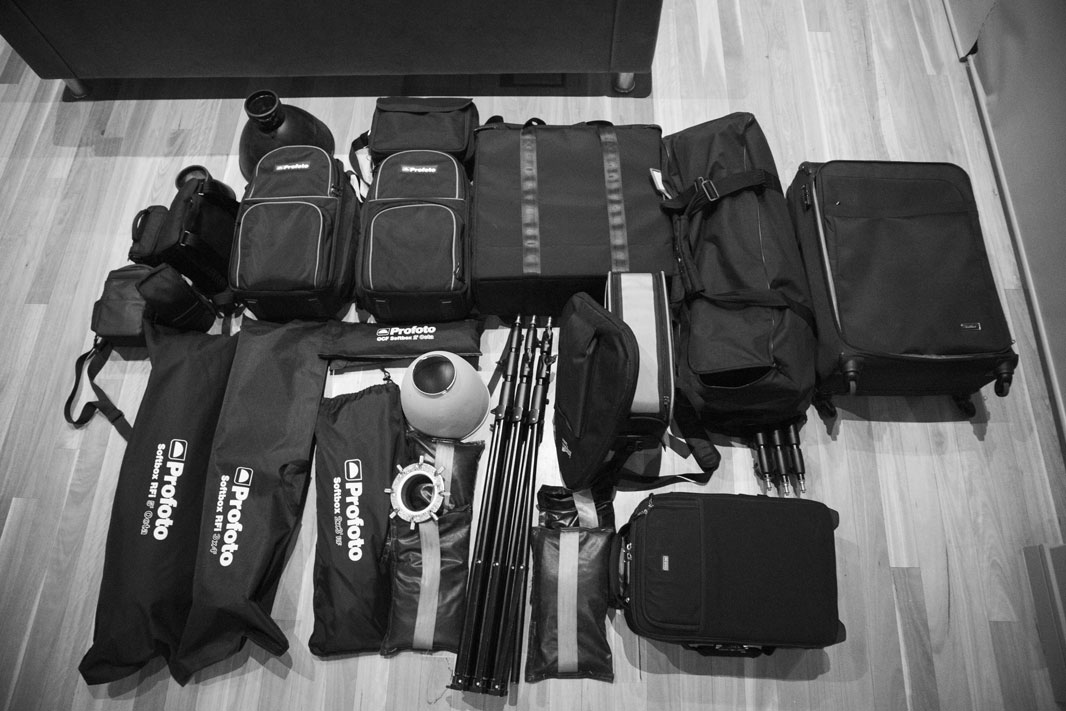
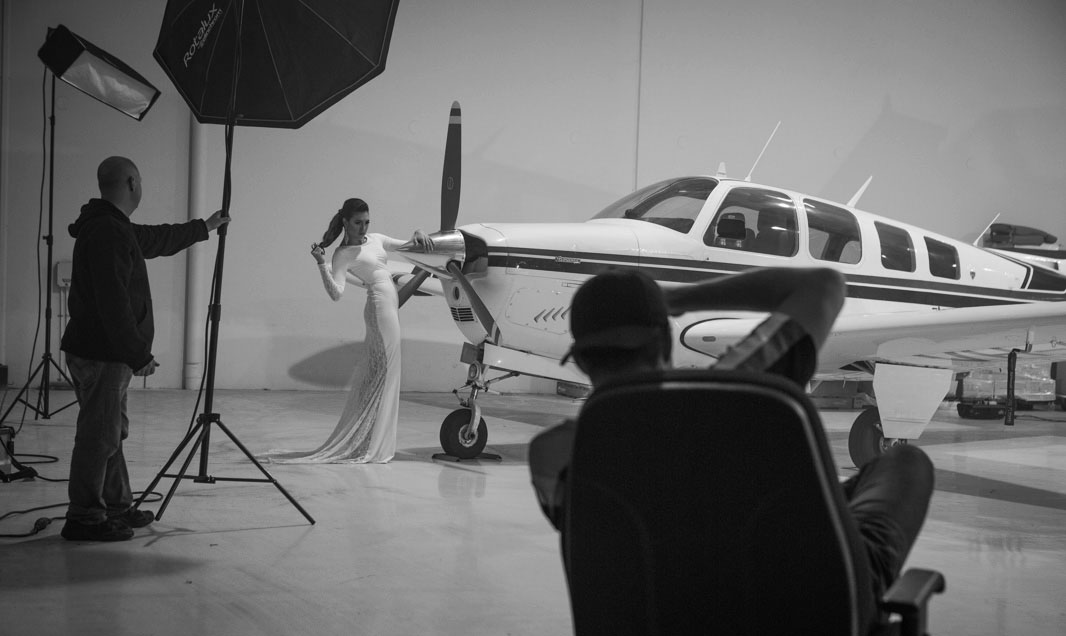
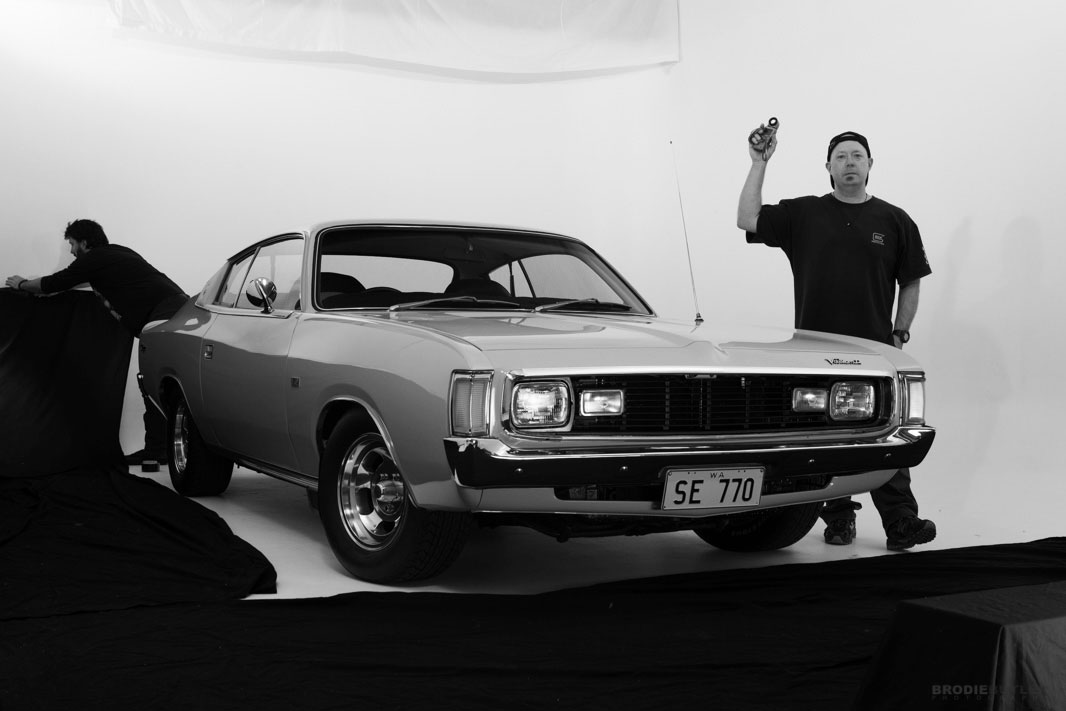

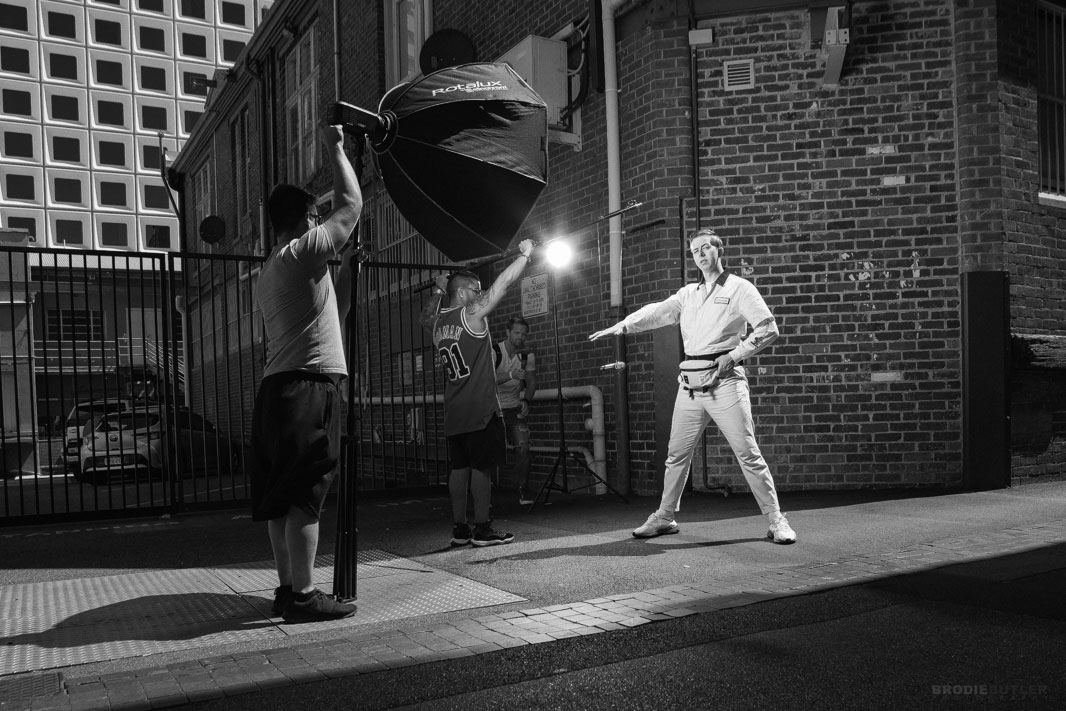


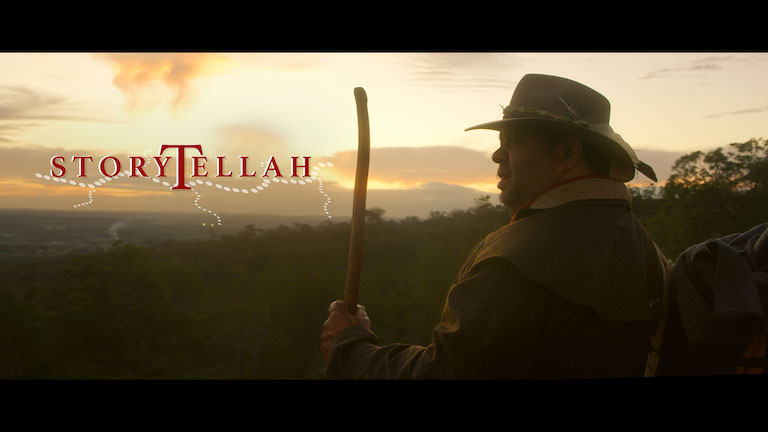


One Comment
Great content guys!
Appreciate the effort gone to share!